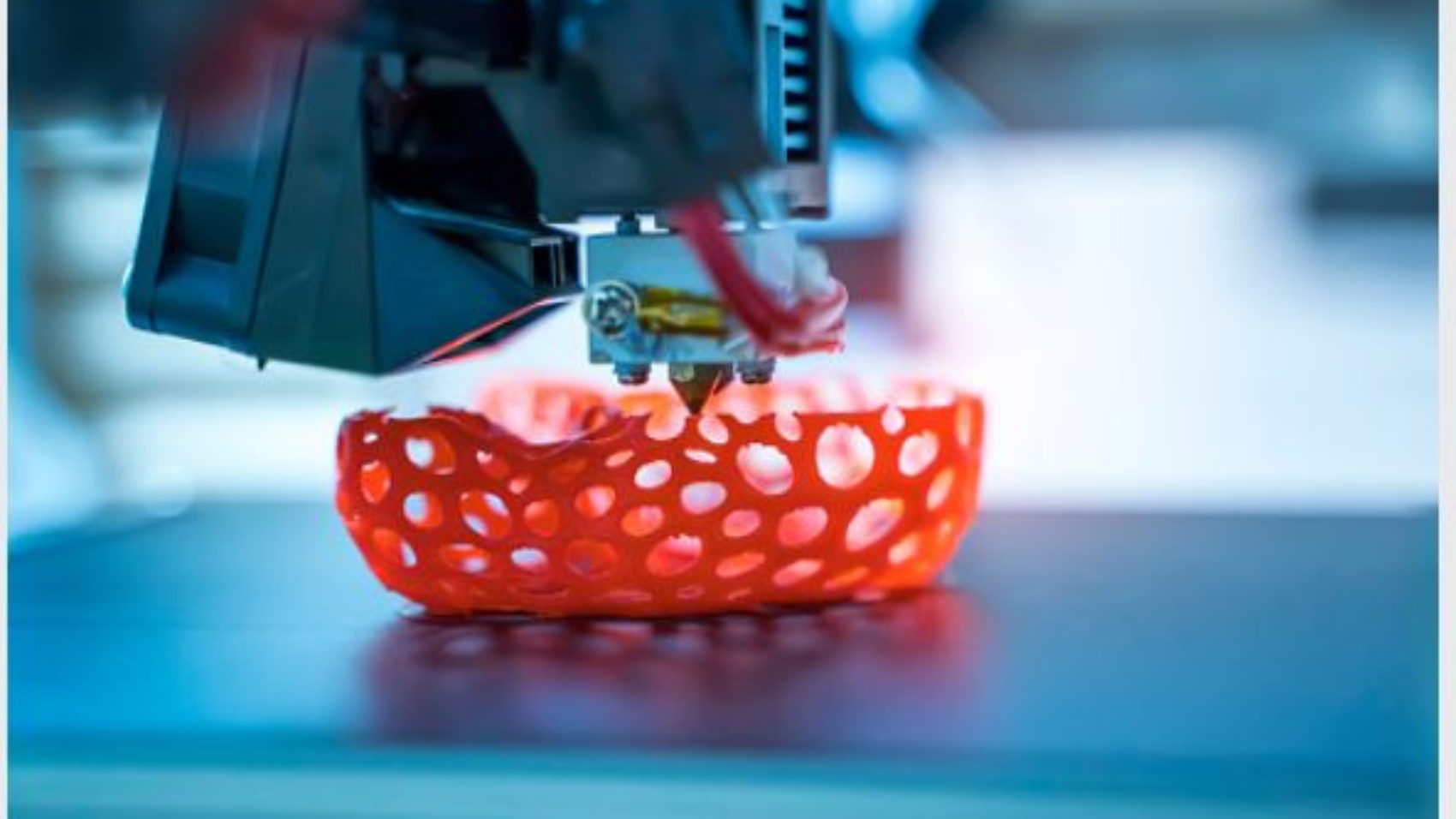The medical industry is constantly evolving, and new technologies are emerging that are changing the way we approach patient care. One such technology is 3D printing, which has the potential to revolutionize healthcare and improve patient outcomes. In this article, we will explore the various applications of 3D printing in the medical industry and the ways in which the technology is transforming healthcare.
Applications of 3D Printing in Healthcare
One of the most exciting applications of 3D printing in healthcare is personalized medicine. Some of the ways 3D printing is being used for personalized medicine include:
- Creating custom prosthetics and implants that are tailored to an individual patient’s unique anatomy: 3D printing allows for the creation of prosthetics and implants that are customized to fit the exact specifications of each patient. This can result in more comfortable, effective, and long-lasting solutions compared to traditional prosthetics and implants.
- Developing bio-printed organs and tissues for transplantation: 3D printing can be used to create complex structures such as organs and tissues, which can potentially be used for transplantation in the future. This could revolutionize the way we approach organ donation and transplantation, as it would eliminate the need for donors and reduce the risk of rejection.
3D Printing in healthcare: surgical models
Another application of 3D printing in healthcare is the creation of surgical models. Surgeons can use 3D printed models to practice complex procedures and improve surgical outcomes. Some of the ways 3D printing is being used for surgical models include:
- Creating patient-specific models for planning surgeries, reducing the risk of complications and improving overall patient care: By using 3D printing to create patient-specific models, surgeons can better understand the anatomy and prepare for complex procedures. This can result in better outcomes, reduced complications, and improved patient care.
- Planning complex brain surgeries with 3D printed models: Brain surgery is one of the most complex and challenging surgical procedures. By using 3D printing to create patient-specific models, surgeons can better plan and prepare for these procedures, potentially reducing the risk of complications and improving patient outcomes.
The benefits of using 3D printing in surgical planning are numerous. It allows for more accurate planning and preparation for complex procedures, reducing the risk of complications and improving patient safety. Additionally, the use of 3D printing in surgical planning can result in more efficient use of resources and reduced costs.
In addition to personalized medicine and surgical models, 3D printing is also being used to develop new medical devices and technologies. Some of the ways 3D printing is being used for medical devices and technologies include:
- Creating dental implants that are custom-fitted to a patient’s unique anatomy: 3D printing can be used to create dental implants that are tailored to each patient’s unique anatomy, resulting in more comfortable and effective solutions compared to traditional dental implants.
- Creating orthodontic aligners that are more precise and comfortable than traditional braces: 3D printing can be used to create orthodontic aligners that are more precise and comfortable than traditional braces, potentially reducing treatment time and improving patient satisfaction.
- Developing drug delivery systems and diagnostic tools: 3D printing can be used to create more efficient and precise drug delivery systems, as well as diagnostic tools that can improve patient outcomes and reduce the need for invasive procedures.
Environmental Impact of 3D Printing in Healthcare: While 3D printing has the potential to revolutionize healthcare, it is important to consider the environmental impact of the technology. The production of 3D printed medical devices and models requires large amounts of energy and materials, which can contribute to carbon emissions and waste. However, there are steps that can be taken to minimize the environmental impact of 3D printing in healthcare.
These include:
- Using sustainable materials: Choosing sustainable materials for 3D printing can reduce the environmental impact of the technology. For example, biodegradable materials can be used to create medical models and devices that can be safely disposed of without harming the environment.
- Recycling materials: Recycling materials used in 3D printing can help to reduce waste and minimize the environmental impact of the technology. Some companies are developing recycling programs to collect and reuse materials used in 3D printing.
- Implementing energy-efficient practices: Adopting energy-efficient practices, such as using renewable energy sources and optimizing the 3D printing process, can reduce the energy consumption and carbon emissions associated with 3D printing.
Conclusion
3D printing has the potential to revolutionize the medical industry, from personalized medicine to complex surgical models. However, it is important to consider the environmental impact of the technology and take steps to minimize its effects. By using sustainable materials, recycling materials, and implementing energy-efficient practices, we can continue to harness the power of 3D printing in healthcare while minimizing its environmental impact.
